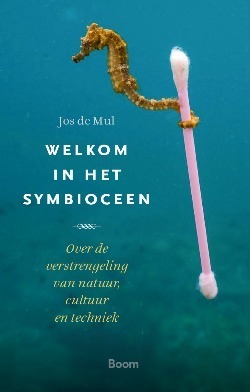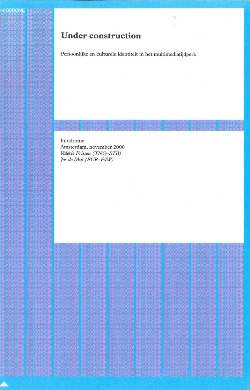Jos de Mul. Die Fortgang über Kant. Dilthey and the Transformation of Transcendental Philosophy. In: Dilthey-Jahrbuch für die Geisteswissenschaften, No. 10 (1996), 80-103.
Die Fortgang über Kant. Dilthey and the Transformation of Transcendental Philosophy
Typography
- Smaller Small Medium Big Bigger
- Default Helvetica Segoe Georgia Times
- Reading Mode









